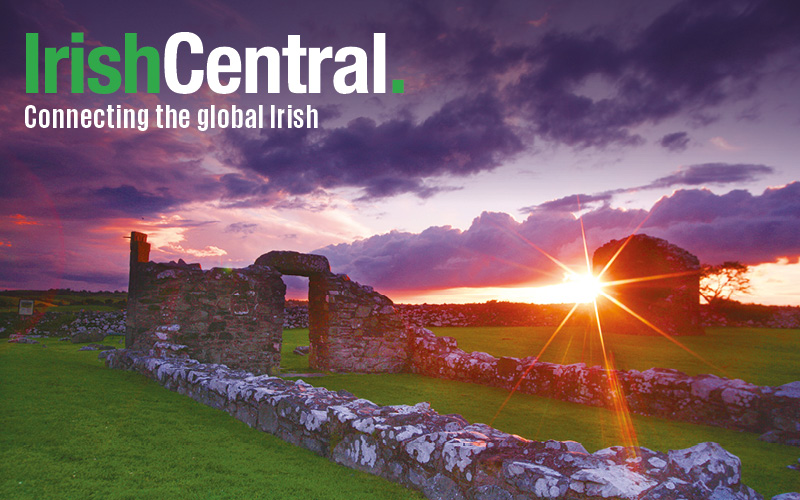We will watch President John F. Kennedy’s fateful progress from Dallas' Love Field airport to his death in Dealey Plaza in Dallas until the end of time.
For that reason many people consider it sacred space. Almost immediately Dealey Plaza became a place very much like Pearl Harbor or Ground Zero – stained by tragedy. Visiting the spot allows ordinary citizens to grapple with the terrible events that unfolded there by remembering them properly.
But not everyone shares the impulse to commemorate that dreadful day.
After Kennedy’s assassination many prominent Dallas locals called for the demolition of the Texas School Book Depository building (the place from where Lee Harvey Oswald fired the fatal shots) all the better to sweep away the shame of what happened there, if not the legacy.
In his absorbing new book, 'Assassination and Commemoration,' author Stephen Fagin, the Associate Curator and Oral Historian at the Sixth Floor Museum at Dealey Plaza, documents the never-ending campaign to maintain the famous building and the popular museum it houses on its sixth floor.
Fagin argues that the Sixth Floor Museum allows the public to better to understand the toxic political climate in Dallas at the time and the madman that it inspired to kill. It's only by facing up to that troubled past that the city and the nation hope to move on from it.
“For many in the Dallas community the Depository building became a manifestation of evil,” Fagin tells IrishCentral. “It was a constant daily reminder of the assassination. Because Dallas’ reputation suffered so greatly after the event there were many in the community that felt it needed to cleanse itself, and by doing so erase all memories of the day. There were two arson attempts on the building over the years; there was an attempt to tear it down when Dallas business leaders formed an organization and pledged over $100,000 to demolish it.”
Lingering shame over the assassination affected the city for decades after the fatal shots rang out, but local unease over the circumstances didn’t rule out the historical importance of the site or its place in wider American history, Fagin says. He is glad that the building has been preserved.
“It came down to the city government. They blocked demolition permits on the building, which paved away the way for the Dallas County government to step in, and they bought the building in 1977. That’s essentially what saved it. They made the Book Depository a part of Dallas by converting into offices, the seat of County Government. The Commissioners Court was located in the building and the civil division of the DA’s office. They left the top two floors empty.”
The Sixth Floor remained dormant for a quarter of a century before the museum opened in 1989. That's a long time for a scar to begin to heal. The frequent attempts to demolish the building suggested a prevailing impulse to shroud rather than address the causes that led to Kennedy’s shooting. That began to change when a new use was found for the building.
“There were those in the community who recognized that popular opinion was that the building should be torn down. They thought the depository didn’t have that much historical significance, but at the same time they also recognized that tearing down this building at the most popular and visited site in Dallas was essentially Dallas admitting its collective guilt. They recognized that demolishing the Depository wouldn’t make the story go away. It would simply look to the world like Dallas was trying to hide something.”
The Dallas of 1963 was a different place, but not that different. The majority of its most prominent citizens loathed the federal government and John F. Kennedy in particular, who they saw – in a way that echoes across time – as an unqualified imposter, an outsider with foreign values and a treasonous enemy of the state.
In a pamphlet widely distributed in Dallas before his arrival, Kennedy was depicted mug shot style below a headline that said he was wanted for “betraying the Constitution (which he swore to uphold).” In the 1960 presidential election he lost Dallas by the largest margin of any city in the United States.
Far right Dallas based conservatives who despised the United Nations deplored Kennedy's engagement with what they called the “communist controlled” organization. They also blasted him for involving himself with the fledgling civil rights movement, which they again insisted was “communist inspired.”
They called him “anti-Christian,” they blasted his character as a liar and a hypocrite. There was nothing he could do or say to please them.
Although the level of toxic rhetoric directed at him was an indication of their desperation rather than their strength, a gun only needs one man to pull the trigger.
Kennedy himself considered 1963 Dallas to be an ideologues mirage, referring to it as “nut country” only minutes before his death.
“There’s been a long painful journey from assassination to commemoration,” says Fagin. “You have the city wanting to deny the assassination, to cover it over. In more recent times there's been a slow embrace of the event as a part of the city's history, and the nation's and the world's.”
Locals have never arrived at the museum in the numbers that tourists do. To combat that reluctance they have hosted successful panel discussions, exhibitions and community interactions.
“We’re seeing more and more people from the Dallas area visiting the museum,” says Fagin. “This year for the 50th anniversary I’ve encountered a number of long time local residents who go all the way back to 1963 who have never gotten around to it or were concerned about what the museum would present.”
It's still taking a long time to get over.




Comments